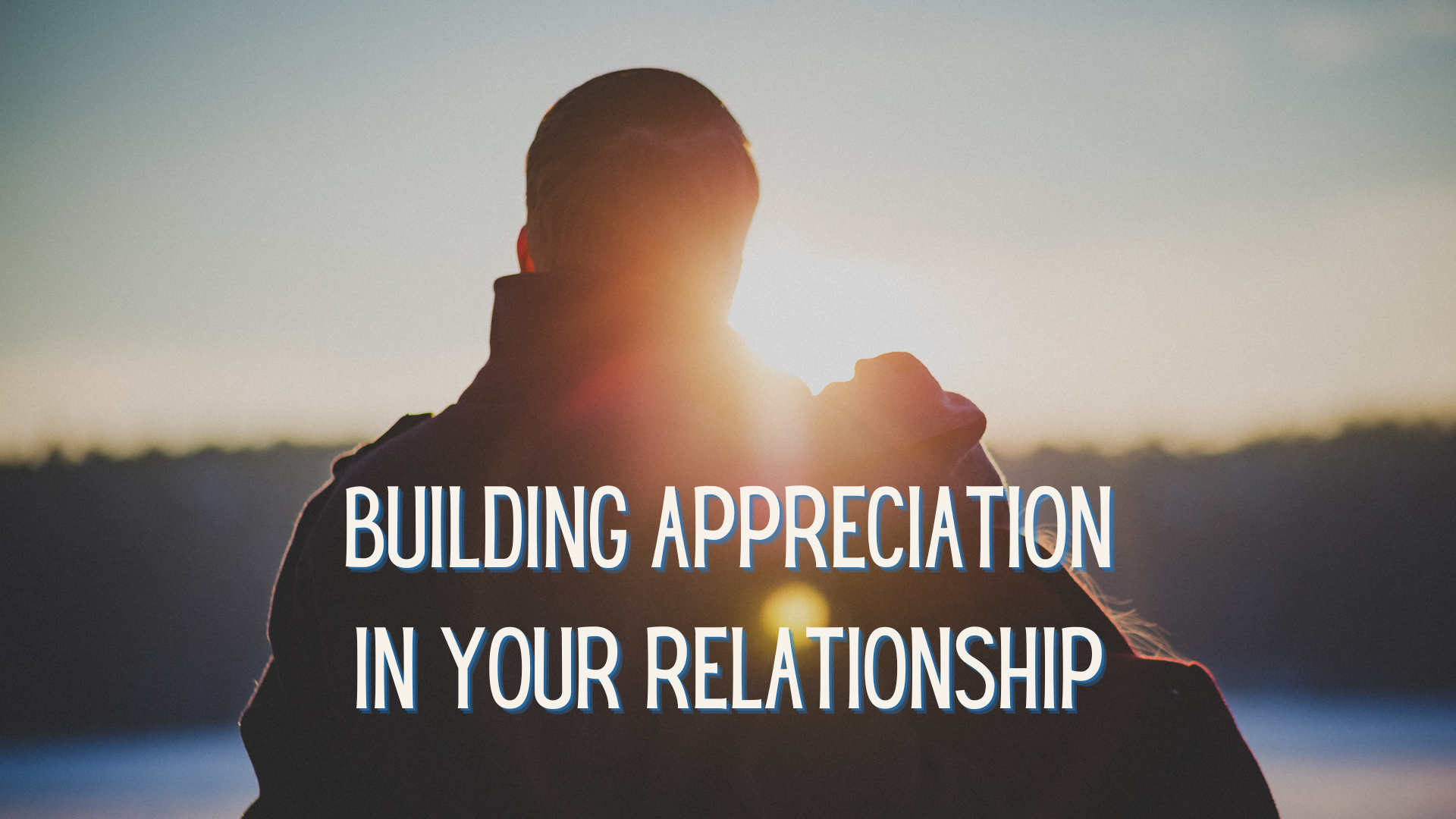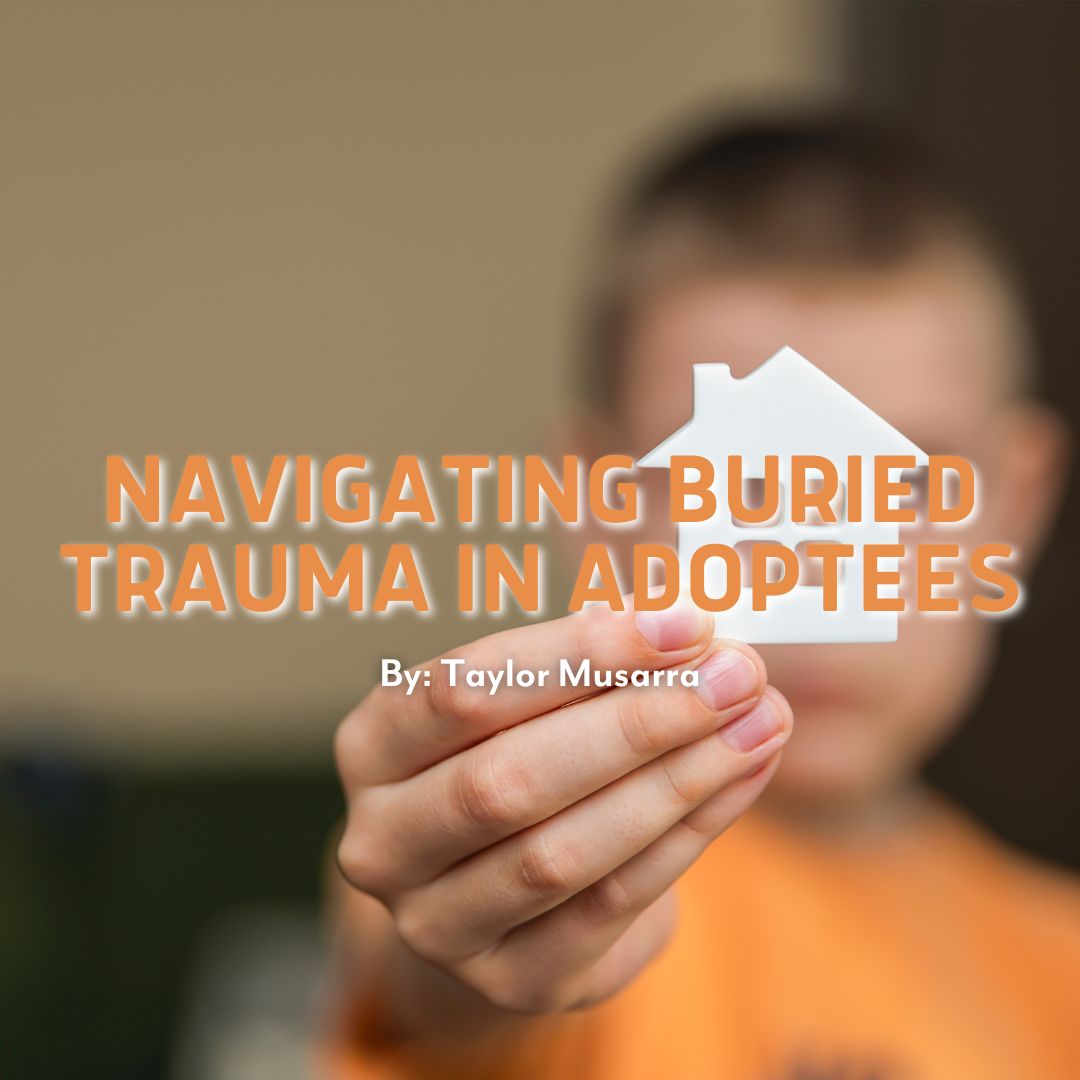Something we see a lot of here at Refuge is anxiety; more people struggle with anxiety and overwhelming feelings of worry than ever before. First, we want you to know that anxiety is normal! Your brain and body are trying to protect you from hurt or discomfort so it wants to be prepared. Anxiety is trying to prepare you for the worst-case scenario and it wants you to go into situations with all the information. However, sometimes anxiety takes over and all we can think about is worst-case scenario, that’s when your brain starts to spiral. Then your anxious thoughts take over, and you can’t see the truth! For example, you are invited to a party, and you’re nervous about meeting new people. Anxiety wants you to be prepared to meet new people, but then it does its job a little too well. You start getting anxious thinking about how awkward you may be or your anxiety tells you no one wants you at the party in the first place. We want you to know that this happens to a lot of people. Anxiety can feel a lot like being in a tornado of your own thoughts and own design. Often, those thoughts have themes that are not true. These themes are called cognitive distortions.
Some examples of cognitive distortions are:
- Black-and-white (or all-or-nothing) thinking: I never have anything interesting to say.
- Jumping to conclusions (or mind-reading): I know that person hates me.
- Personalization: Our team lost because of me.
- Should-ing and must-ing (using language that is self-critical that puts a lot of pressure on you)
- Overgeneralization
- Magnification and minimization (magnifying the negative, minimizing the positive)
- Catastrophizing: I’m going to fail this test, and then I’ll never get into college. Then my life will be over.
- Labeling: I’m just not a good person.
(Harvard Health Publishing, 2022)
An exercise we like to teach clients to do when they struggle with anxiety is challenging these thoughts. One common technique to challenge your thoughts is called “putting thoughts on trial.” This technique and the cognitive distortions are from an evidenced-based therapeutic modality called Cognitive Behavioral Therapy. When we use this technique, we evaluate the evidence for and the evidence against the thought. The evidence is based on facts and not on feelings. The hope is that when you bring the evidence to “the judge” you can see the evidence clearly. So often, our anxious thoughts make us feel overwhelmed, and it’s hard to see the truth. Once you see the evidence laid out for and against these thoughts, those feelings may less overwhelming. Finding evidence against a thought can be difficult on your own, so don’t be afraid to ask for help. Our therapists here at Refuge are happy to help you fight these thoughts. We know that combatting these anxious thoughts by yourself can be hard, and if you find yourself wanting help and guidance in this area, call the Refuge Center to set up an appointment. You can do so at: 615-591-5262 or go to refugecenter.org. You can also check out additional resources on “putting thoughts on trial” using the references below.
By Corinne Terhune, Masters Level Intern
References:




